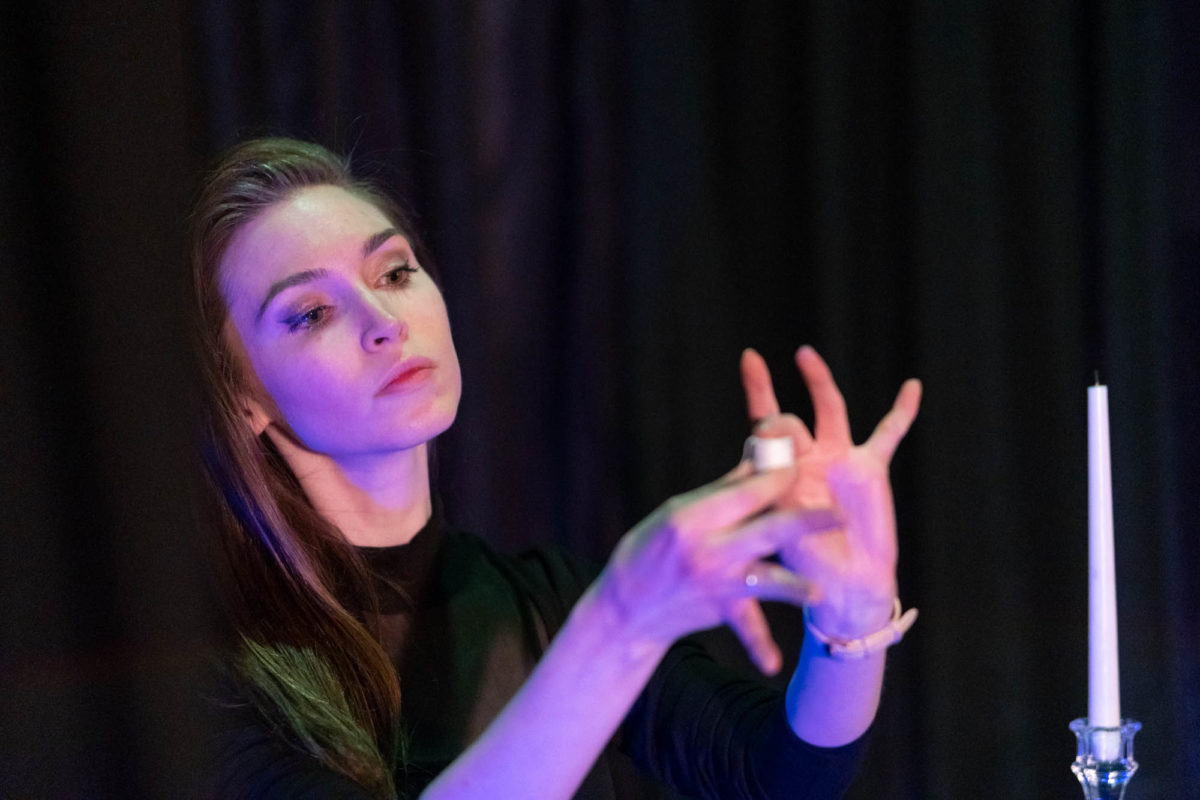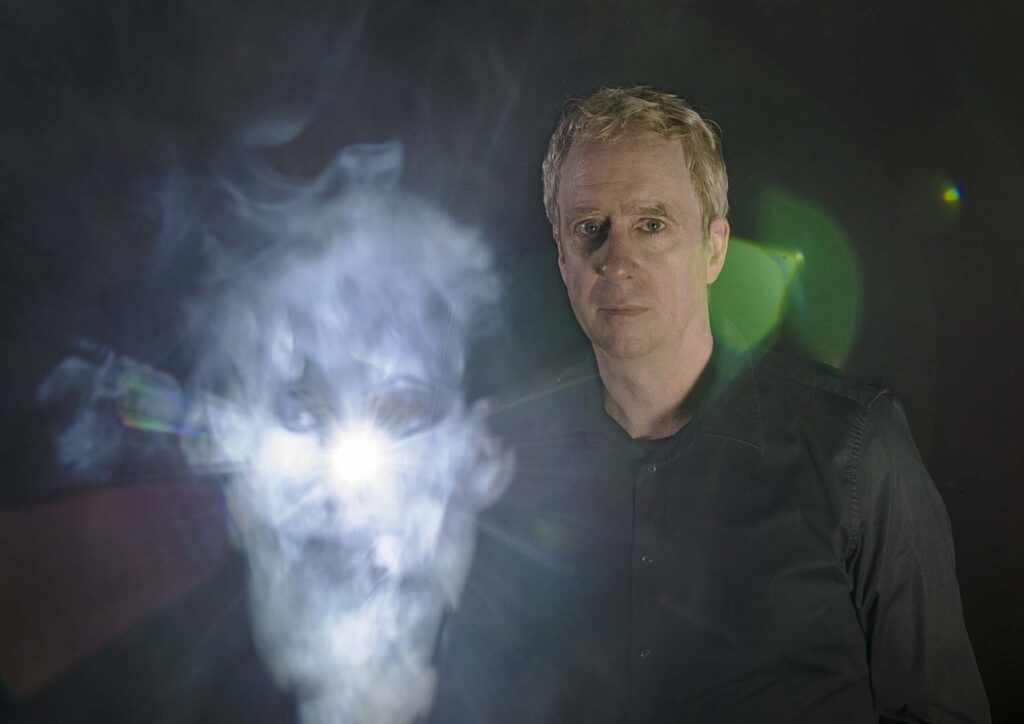Image © Boca Raton Museum, with permission.
We are in a digital world that contains the benefit of information access and also greater exposure to the dangers of disinformation, conspiracy theories, deepfakes and deceptive A.I.
This dichotomy is celebrated through different artistic media at a new exhibition, one that brings the ideas of over thirty of the world’s leading contemporary artists together. The theme is based around artistic attempts to pull back the curtain on modern-day deceptions. This includes different hoaxes, and the blatant lies posted on social media, which are often fabricated with new technology.
The exhibition seeks to take the visitor through a looking glass of illusion and beliefs. The idea is that when exposed, deepfakes often reveal a greater truth. In seeking to achieve this, different parts of the exhibition are anchored by an entire gallery of phantasmagorical installations by the artist Tony Oursler.
The new museum show is headlining as part of this year’s Art Basel Season in South Florida. Among the 30 nationally acclaimed artists are: Tony Oursler, Urs Fischer, Alfredo Jaar, Sarah Charlesworth, Christian Jankowski, Faisal Abdu’Allah, Mark Thomas Gibson, Kristin Lucas and Jane Hammond.
The title of this new group show is: Smoke and Mirrors: Magical Thinking in Contemporary Art, taking place in Palm Beach County at the Boca Raton Museum of Art (the exhibition continues until May 12, 2024).
Among the artworks and special commissions is a new interactive installation by Jacob Hicks utilizing ChatGPT Artificial Intelligence, and a video about deepfakes edited by the Museum team, titled DEEPFAKE-O-RAMA.
The new artwork by Hicks is designed to allow viewers to ask questions to a virtual fortune teller and receive answers generated by the ChatGPT A.I. (trained by Hicks to imagine itself as an ancient entity capable of telling the future, and to be aware that it is an art project). The ChatGPT A.I. is aware that Hicks wants it to present as a false persona.

In addition, the Museum has commissioned the artist Jeanette Andrews (who also a professional magician) to create a new interactive work titled magi.cia.n inspired by the recently declassified CIA Manual of Trickery and Deception.
For this, Andrews has created a “cleanroom” in the museum – an enclosed, transparent box with two holes equipped with gloves used by the viewer to flip through a blank journal that visually transforms into a magic book and then into a spy craft technical manual before one’s very eyes.
The exhibition has been awarded the Teiger Foundation 2023 Grant Award for Curator-Led Projects, in recognition for the boundary-pushing curatorial work.

